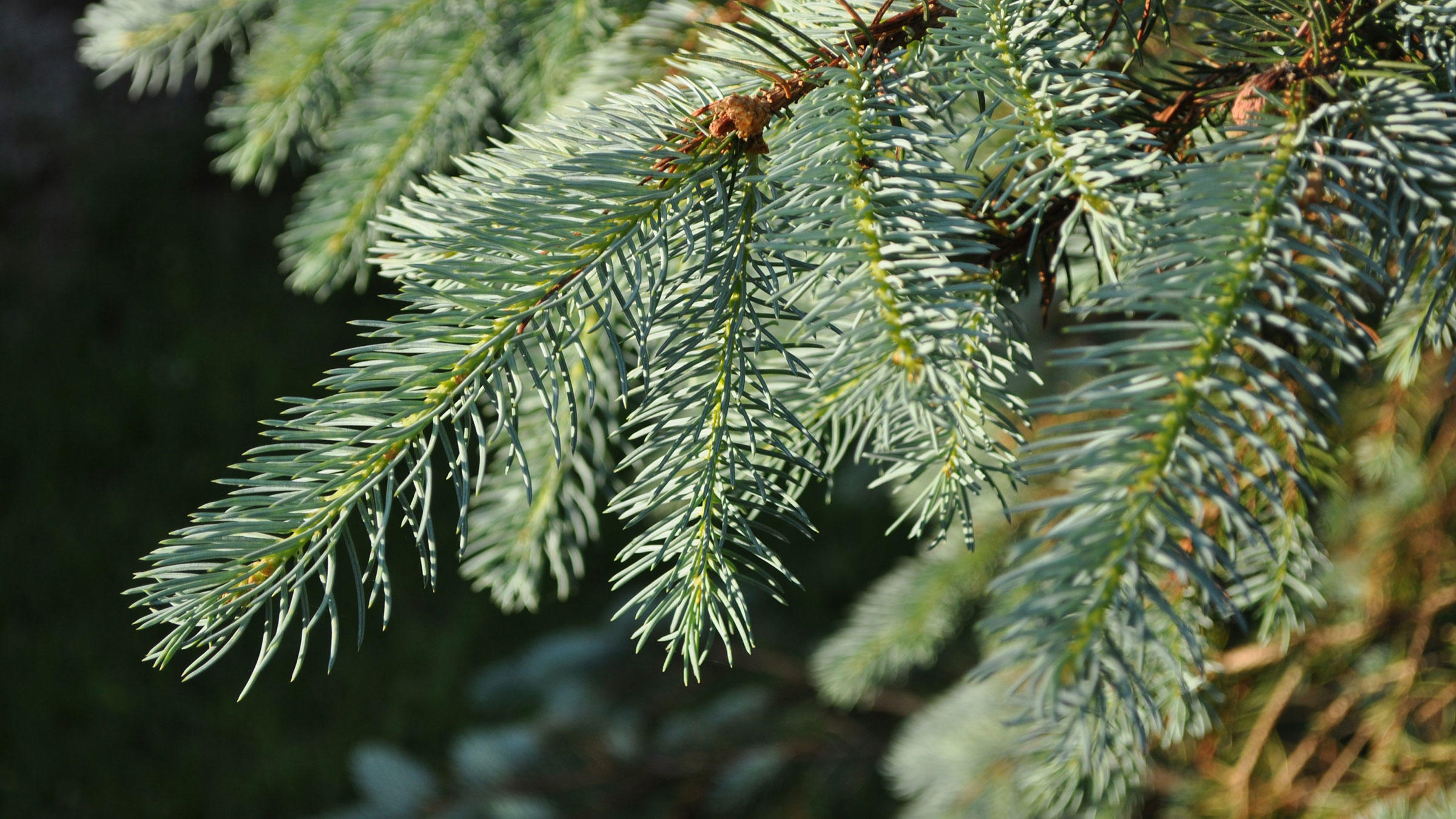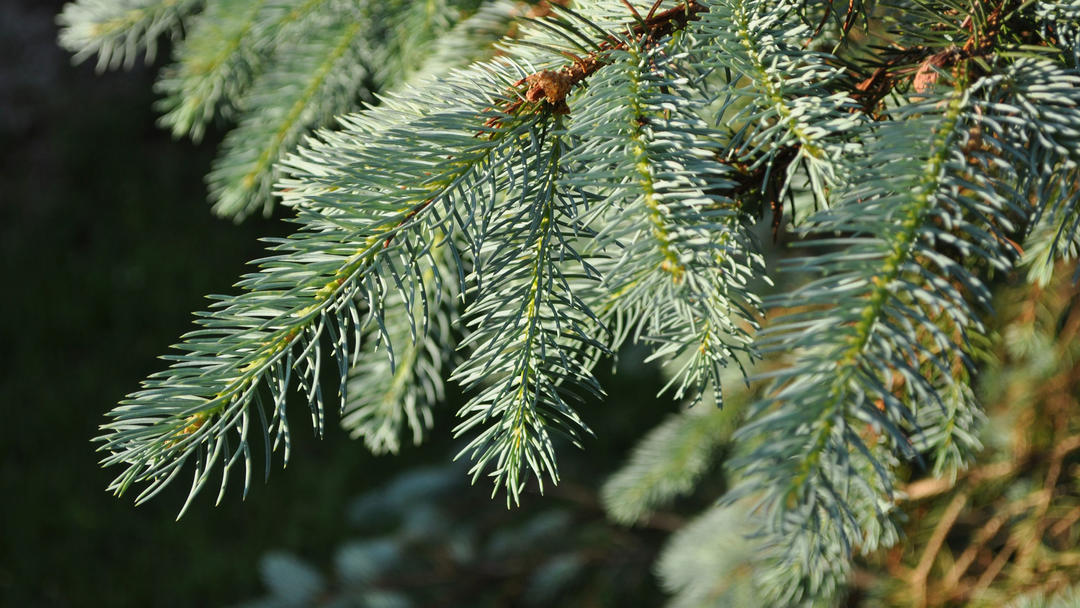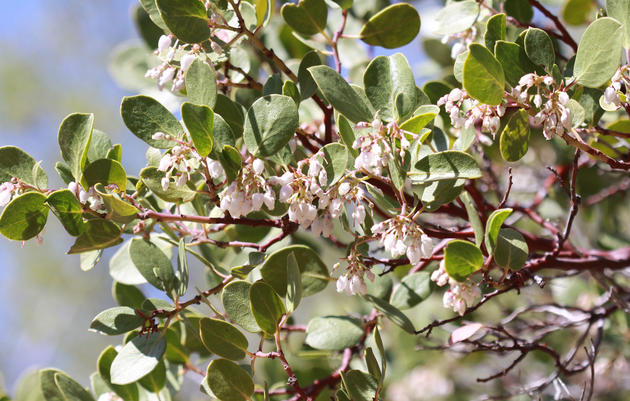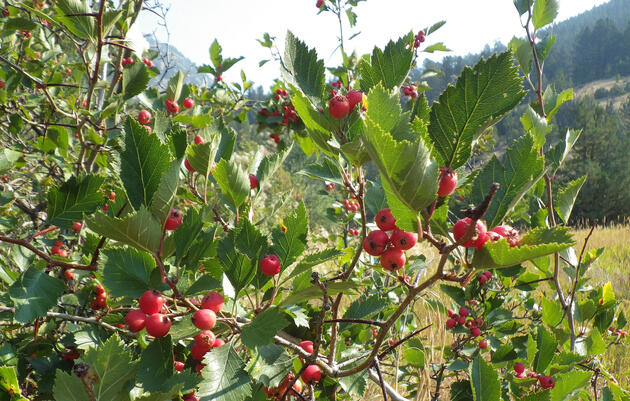Our Plant Profiles from Plant Select® feature plants that thrive in the Rocky Mountain region and also provide critical needs for wildlife.
Evergreen trees are especially important landscape features this time of year in the west, offering architectural interest to winter gardens. But with increasing pest attacks, such as mountain pine beetle and now the devastating Emerald ash borer, it’s even more important to consider species diversity when considering options.
Colorado (blue) spruce
Colorado (blue) spruce (Picea pungens) is a ubiquitous landscape evergreen, available in sizes ranging from dwarf (growing just 3-4”/year) to large (growing 12” or more/year), as well as upright, spreading, weeping and mounding forms. Foliage color includes powder blue, bluish-green, and medium green. This incredible variety in a single species comes from naturally occurring genetic combinations. Once a desirable form is discovered, cuttings are taken and then usually grafted onto a rootstock of another species of spruce. The plants are easy to grow and adapt to a very wide range of garden and landscape conditions.
Because of this ease and adaptability, Colorado spruce has become the dominant spruce species in western gardens and landscaping. This “domination” has led to a lack of species diversity, making our landscapes susceptible to potential severe pest damage.
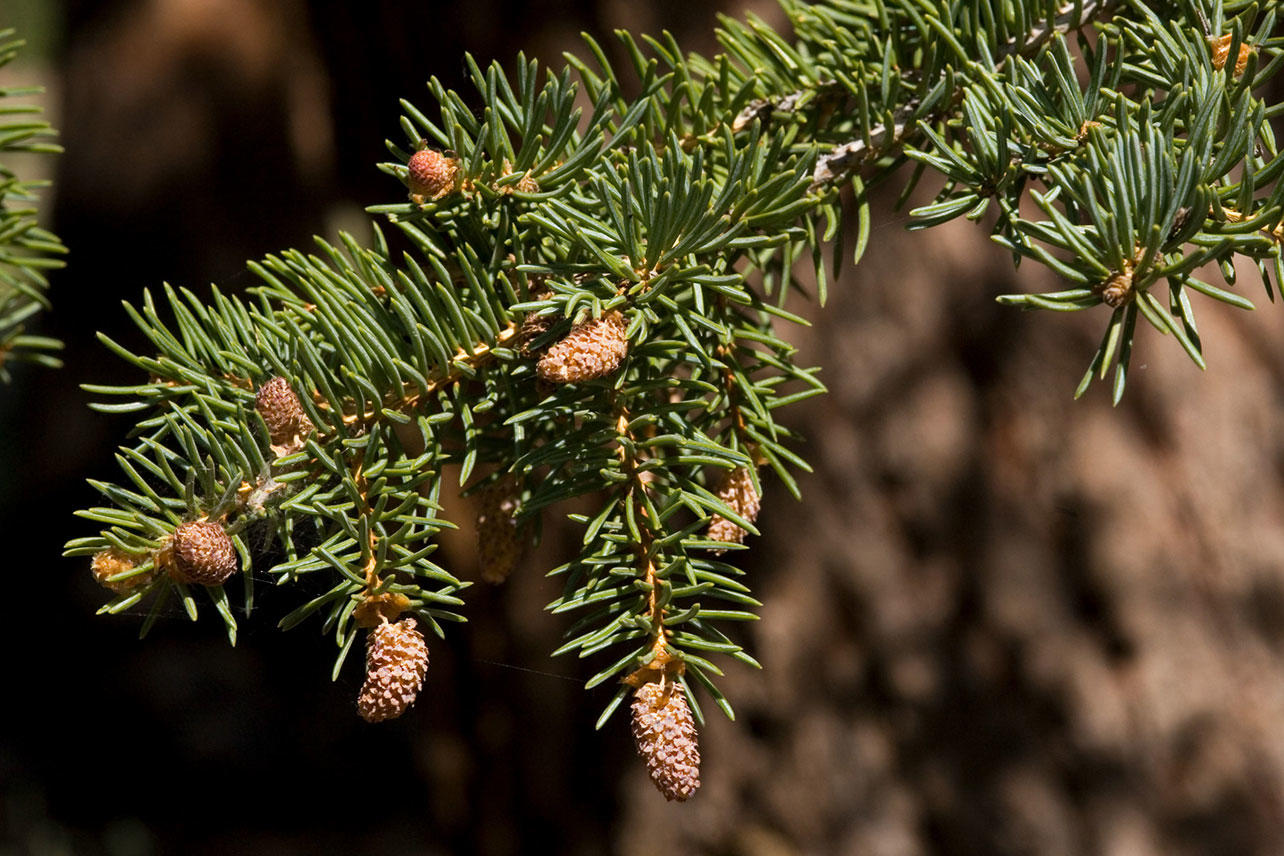
White Spruce
One of the best alternatives to Colorado spruce is another North American native tree, white spruce (Picea glauca). This species’s native range is the northern tier of U.S states into most of Canada, making it a wonderful cold-hardy alternative, even in higher elevations. In nature, the trees tend to be greenish-blue, growing as tall as Colorado spruce, but with slightly shorter needles and a finer-textured appearance. White spruce has similar genetic variability, and many types selected for landscape use. But what it also has going for this species is that it is not as widely used in western gardening, and may not be susceptible to the same pests as Colorado spruce.
One of the most beautiful forms of white spruce is an elegant selection, ‘Pendula’. The designation refers to the weeping branches that fall gracefully from an upright trunk. This selection is rather blue (though not as blue as Colorado “blue” spruce); the blue cast coming from a waxy coating on the needles. This waxy coating acts to protect the needles from strong sun and drying winds, making it an even better choice for high-altitude western gardens.
Wildlife benefits
Spruce trees in general provide shelter to birds, small mammals and insects. In fact, a single large tree can host several nests of birds at one time. Seeds produced in the small, chestnut-colored cones are eaten by nuthatches, chickadees, crossbills and nutcrackers—and red squirrels, who hoard them in caches in the soil. Birds and small mammals also feed on the many insects, including spiders, midges, cone borer larvae, and sawflies and their larvae.
White spruce, including ‘Pendula’, offer these and more ornamental and wildlife benefits. They are relatively easy to grow and very adaptable and hardy in western gardens, and provide species diversification in our urban forests.
Weeping White Spruce at a Glance
- Height: 20-30’
- Width: 4-6’
- Hardiness: USDA zones 3-8
- Growth habit: Narrow and upright with pendulous branches
- How to Use: Specimen, garden focal point
- Culture: Full sun in loamy or sandy soils. Can take drier conditions once established.

